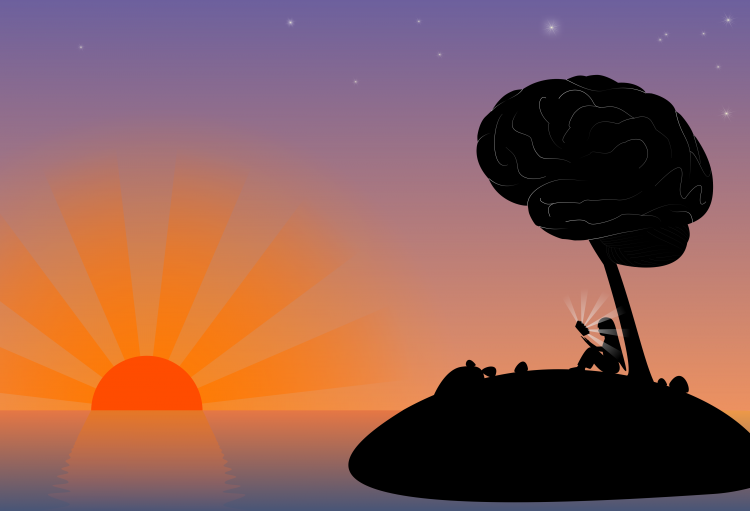By Christa Rawlings (MEd in Imaginative Education; Grade 6 Teacher)
5 years into my teaching degree I was bored. Bored, bored, bored. I could not believe that I had spent so much time, effort and money getting into a career that I found dull already. I was very tempted to abandon teaching altogether and find something else to do. I didn’t want to be counting the years to retirement so soon. Quitting was not feasible at the time so I decided to give myself a challenge and started a Masters of Education degree in Imaginative Education (IE).
Little did I know that this would change my life. I mean it, IE changed everything.
Up until then I had been just playing the role of a teacher. Planning and teaching lessons I thought were teacher-y. Some of the lessons I came up with, I loved. I still do. I still teach them the way I did at the beginning of my career. But there were others I would dread teaching. I wasn’t all that interested in the topic, most of the kids weren’t interested either. I found myself saying things like, “We just have to get through this. I just need to have something for your report card.” This is no way to spend the day for kids or teachers. Why was I forcing lessons down their throats that were not interesting to anyone in the room?
The theory of Imaginative Education (IE) opened my eyes and mind to amazing possibilities. It made perfect sense to me to use cognitive tools in my teaching that students were already using in their lives outside of my classroom. What’s more, I also already used these thinking tools. I began using the tools of “Romantic Understanding” while planning—these are all the tools that most shape the minds of our students who read. The more I used these tools, the more I became enthralled and immersed in the topics I was planning to teach. I couldn’t wait to tell anyone who would listen about Euclid and his work with triangles, or Alfred Wegener and how he was shot down by the scientific world for his ideas on plate tectonics or how the War of 1812 led to a sense of community and a sense of citizenship long before Canada was a country.
Using cognitive tools to plan my lessons had a lovely side effect. I was suddenly engaged in all of these topics I had previously found very dry. Better yet, I was internalizing a lot of information very quickly. Not because I am a genius (trust me, I am not) but because I was using the tools in my teaching that evoke emotion and imagination; I was using cognitive tools. I am now very confident that I could be engaged and interested in any subject on Earth if I began my research with the Narrative, Heroic Quality, or Extremes of that topic. (Click here to see the most updated Tools of Imagination Series). Mould? Exciting! Skateboarding? Why Not? Dental Surgery? Sure!
I never thought of myself as the kind of person who could learn and remember detailed and specific ideas or facts about a topic. I had always been someone who was satisfied with understanding the basics about a topic (this might explain my mediocre academic performance growing up). I was happy enough to “get by” with what I could remember for the test. After the test, the information left me and I didn’t give it a second thought. Using IE while planning has given me a boost in confidence I lacked growing up. I now know that I can learn anything if I employ these tools. I can remember and internalize concepts I am learning about or teaching if I apply the theory of IE in my practice.
If this theory has changed how I feel about my ability to learn and my confidence as an adult, how wonderful is it for students?
If you are going to explore the world of IE teaching, don’t begin for your students. Start it for yourself. Here is a little homework. Pick a topic you care little about (it doesn’t engage you or excite you); cars, baseball, pigs, chalk, anything… and start looking into the “story”, or narrative of the car, what is “heroic” about the car (how does it strive for uniqueness in the world?), the story of the invention of the car, the “extremes” of the car (e.g. the fastest car, the best car, the worst car), the timeline of a major car production company, the geography of car production (map out where car companies have their manufacturing plants etc.) (Side note: I have absolutely no interest in cars at all but even just writing that list has got me itching to do some research.)
Be selfish!
Introduce yourself to Imaginative Education and the power of cognitive tools.



I am going to introduce this to my students who struggle with “where to begin” when starting their Genius Hour projects. It is a beautiful map!
Hi Christa, your writings are always inspirational. You capture many of the feelings and ideas that were evoked when I started my journey in Imaginative Education.
I was always inquisitive. I always had to know why. Teaching is a way of sharing the joy of knowledge and learning. It can lead to some amazing adventures for both teachers and students. Not without obstacles or challenges, but with IE there is always a way forward. With Imagination being selfish is a good thing!
Thank you.re
Thank you David,
Your work and stories about your classroom has definitely inspired me to raise expectations of myself and my students.